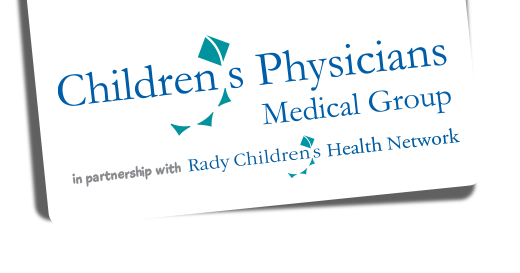What is Influenza?
Influenza (the flu) is a contagious respiratory illness caused by influenza viruses. There are many different influenza viruses and they are constantly changing. On average 5%-20% of the United States population gets the flu each year. There are two main types of flu virus that circulate, type A and type B. Both strains are contained in the seasonal flu vaccine, along with the H1N1 vaccine.
How do I protect my children from contracting the flu?
- Vaccination is the best way to defend yourself and your child against the flu.
- Parents should encourage their children to practice frequent hand-washing with warm soapy water and avoid contact with people who are sick.
- The Center for Disease Control (CDC) recommends teaching your children to wash their hands for as long as it takes to sing the “Happy Birthday” song twice.
- Parents should encourage their child to use a tissue to cover their nose and mouth when they cough and sneeze, and throw the tissue in the trash after they use it.
- Parents should remind their children to avoid touching their eyes, nose and mouth.
- Parents should sanitize surfaces like tables, kitchen counters, and surfaces in the bathroom, door knobs, handles and toys.
- Parents do not need to take their healthy children out of school or daycare, unless it is recommended by the public health authorities.
“Flu like signs and symptoms include:
- A runny or stuff nose
- Dry cough
- A fever over 100°
- Headache
- Lethargy
- Muscle or body aches
- Sore throat
- And/or stomach symptoms such as vomiting, diarrhea and/or nausea.
It is however impossible to tell if you or your child has the flu based on these symptoms alone, as many other illnesses also share these symptoms. Your child’s pediatrician can perform a test within the first couple days of symptoms, to tell if it is the flu.
What is the treatment for the flu?
- Once diagnosed, the flu it can be treated with anti-viral medications such at Tamiflu. If started in the first 48 hours of symptoms, anti-viral medication can shorten the course of the flu. However, treatment with medication is usually reserved for patients that are hospitalized or likely to have serious flu-related complications. Most people who contract the flu recover without the need for any anti-viral medication. Pediatricians will determine the best course of treatment for your child.
- Parents should encourage their children to drink plenty of fluids, and rest while they have the flu.
- Children should stay home from school and day care for a minimum of 24 hours after the fever (100° or higher) has resolved, without the use of fever-reducing medication.
Are there vaccines available?
Yes! The CDC recommends a yearly season flu vaccine and it is especially important for those individuals who are at high risk for complications from the flu and their caretakers. Pediatricians typically start vaccinating around October, however if you child does not receive the vaccine until later do not worry as the typical flu season goes from December-March.
Are the vaccines safe?
Vaccines are one of the most thoroughly tested and safest medical products that are on the market. Like all vaccines, the Influenza vaccine is put through rigorous laboratory and clinical testing before being released to the public. The Food and Drug Administration (FDA) must license the vaccine and requires all manufactures to submit samples of the vaccine before it is made available. The vaccine manufacturers continually test their products and must submit their results and samples to the FDA before they are allowed to release that lot of vaccine onto the market. Additionally, a safety system is set up to report any and all adverse symptoms one feels could be linked to a vaccine. This central program, Vaccine Adverse Events Reporting System (VAERS), collects and compiles information about possible side effects. Together, these safety systems work to keep vaccines and children as safe as possible.
Flu Resources:
www.cdc.gov/flu/about/viruses/types.htm
